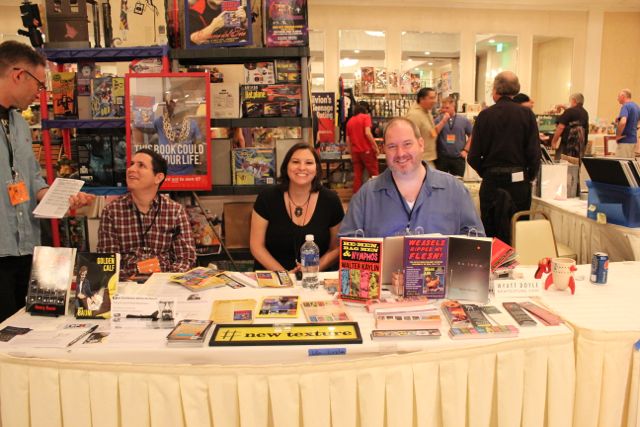
(L-R) Author Andrew Biscontini, SPR’s Henry Baum, Editor Sandy Curry, Author Wyatt Doyle (San Diego, 2013)
“Handselling books”, as it is known, is aggressive. Don’t tell yourself tales like “I just want to get ten signups to my mailing list today.” No, you don’t. You want to sell your book. You just can’t be bothered. You’d rather send an email and see if someone buys your book after they left.
So here’s how to handle the front line, the trenches, the living marketplace of book ownership. Author Elizabeth Sims says at Writer’s Digest, “Building a readership one person at a time, face to face, is incredibly valuable. And because unlike a juicy rack of ribs or a bespoke suit, our product does not sell itself: The appeal or value of a book cannot immediately be apprehended at a glance, sniff or poke.”
Position Yourself As An Expert Author
1. If you read this entire sentence and you are paying attention, guess what? It just took you four seconds. That’s how long you have to convince someone to come into your world. So don’t slap a bookmark into their hand: shake it. Say hi. Four seconds 1…2…3…4 before they move on. So make sure you sound smart, convincing, and like a professional author. Something like, “Hi, I’m Ted Brown, the Illinois author who wrote “Naming The Day.” You may have heard of me,” seems much more convincing than, “Hi, would you like one of my free bookmarks?” Er, not really. I have fifteen already from the last few minutes I spent walking down this aisle. Who are you?
Rapport Building
2. Don’t talk about your book. Talk about the prospective reader in front of you. Maybe they have a cute kid in tow you can ask about, or maybe they have a cool t-shirt on, or a pretty hat. Ask where they are from, and then offer some detail about yourself. A lot of times the prospective reader will ask you about you. That’s when you are building a relationship with your buyer, often called “rapport.” Magicians do it, car salesmen do it. It works, and will get your readers to spend time at your stand, unconsciously eyeing your books.
Gathering
3. These guys are book fans. They are at a book signing/store/fair. They want to find a gem – and they want to speak with an author or two. Start gathering information. What are they looking for? Something like, “So what kind of books are you looking for today?” will give them time to let you think on your feet. Then get more specific. “What have you read lately?” Figure out what books turn them off as well as what books they read. Sales professional Tony Parinello at Entrepreneur.com says, “During a dialogue, if you need to make sure that you’ve heard the prospect correctly, you can use what’s called a clarifying question. These questions, too, can win you a fresh 60 seconds. A good clarifying question might begin with the words, “So, if I understand you correctly, you’re saying that…””
Empower Your Buyer
4. So they want a Fantasy. Your book is a Romance. Use what they just told you and turn it around. “Well, it’s great you say you like Fantasy, because my book is set in Ireland, where “Game of Thrones” is filmed!” You can qualify this by adding, “With everything you just said, this is perfect!” Using the word”everything” will bring the prospective buyer to an empowering place – it’s their decision being made, by them, and they have done a really good job with their choice! Flattery will get you everywhere.
Presentation
5. Now is the time to show off your book. “Let me show you the book I just wrote.” Grab your book and put it in your prospective buyer’s hand. See how difficult it was to say no to the bookmarks for people once they take it off you? Now they have to hand your book back. Gonna be tough. Especially as they just agreed about how great their decision making is, and they are holding your book in their hand, of their free will. They will have to hand a book back to the author who wrote it… From this moment on, leave the book in their hand! Unless they put it down, you are still in with a chance for a sale!
Talk about anything that comes into your head that matches their positives. “So, it’s a real adventure piece in Ireland, that fantasy fairyland.” Kelly Robertson at Fearless Selling says, “Consider your pace, timing and actual delivery. The more important a potential sale is for you, the more critical it is that you verbally rehearse that presentation. Watch your body language, gestures, and facial expressions.”
Ask For A Sale
6. So, all those times you asked someone if they’d like your crappy bookmark? You can do it. Your mouth can form the question. “So, shall I sign it for you? Are you ready to buy a copy?” It’s ridiculous how many authors feel embarrassed to ask for a purchase, but they are fine with sending out twenty long-winded, aggressive emails to someone’s personal email address to force the sale at completely inappropriate moments! This is the best and only moment you have for a sale. The mailing list? Nah, not so much. The worst that can happen is a polite “no.” Much less crushing than the unsubscribes you get after you spend three hours on your best jaunty author email. This? This took you two minutes.
Loop Back On A No
7. So, most people might say no. So this is when you need to reason it out. “Really? From everything we just talked about, it seemed like it’d be a really good fit for you!” Jordan Belfort, sales guru and the real “Wolf of Wall Street,” says in his “Straight Line Persuasion System” that made him a multi-millionaire, “If you get an objection, it may be that there’s a negative buying belief you haven’t overcome yet. So again, you loop back and present even more compelling reasons to love your product.”
The reader in front of you has three reasons to say no:
1. They weren’t a serious buyer in the first place
2. They don’t like your sales pitch
3. They don’t like your book
So if someone wasn’t buying, you can say goodbye and move on. Maybe later, once they bought their overpriced sandwich and coffee, they will walk round one last time and choose to buy your book because you took the time to speak with them. This is where the bookmark comes in. Another day, when they have money, they might look for that bookmark and make a purchase.
If they didn’t like your sales pitch, maybe they haven’t been convinced yet. Loop back and start talking about the book cover, or maybe how much time you spent researching your work. Leave the book in their hand. They will probably buy it. If they put it down, it’s bookmark time.
If they say they don’t think the book is right for them, wait for them to hand it back. Maybe your cover is not good enough, or maybe they read the first page and found typos. If this happens too many times once you present your book, you may want to get an opinion from honest friends, or maybe a book professional on why your books are not appealing.
A Word On Mailing Lists
The whole self-publishing suggestion often made of “build a mailing list” is over. Based on 10 million emails, Mailchimp found that only 2.93% of arts newsletters are clicked at all, with entertainment and events clicked 2.43% of the time. That’s only 2 or 3 people clicking through (CTR). A study by Wordstream found the average conversion rate, i.e. how many people actually make a purchase after clicking through, is 2.35%.
So you need something like 1000 people on your mailing list to make 16 sales. One time. Your list is only valid one time, for each book you write. You can’t send the same 1000 people the same email about your book, because they already were told about your book. This is how you lose subscribers.
The best way to sell hard copies of your book is face to face.
Get an Editorial Review | Get Amazon Sales & Reviews | Get Edited | Publish Your Book | Enter the SPR Book Awards | Other Marketing Services


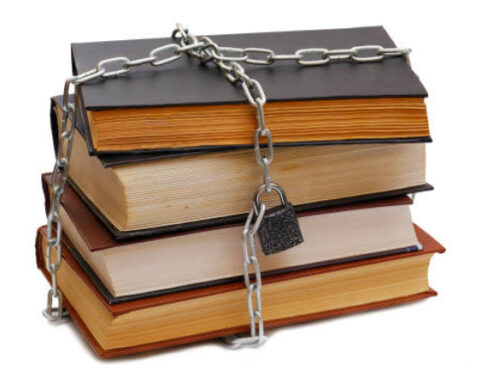





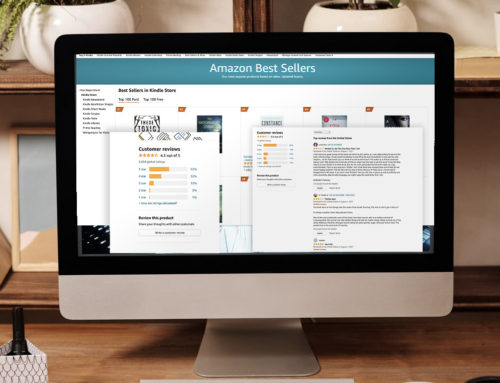




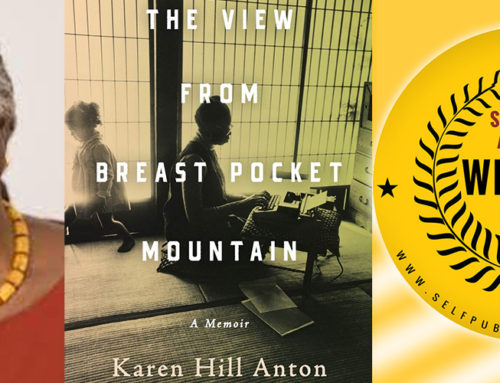
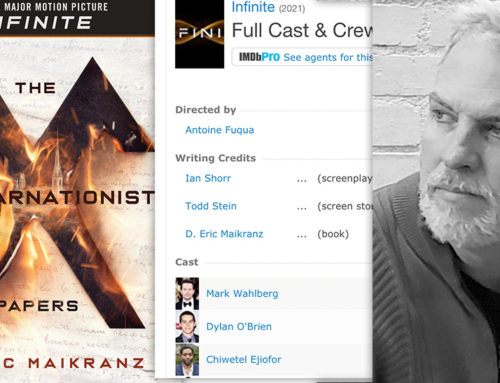







Leave A Comment